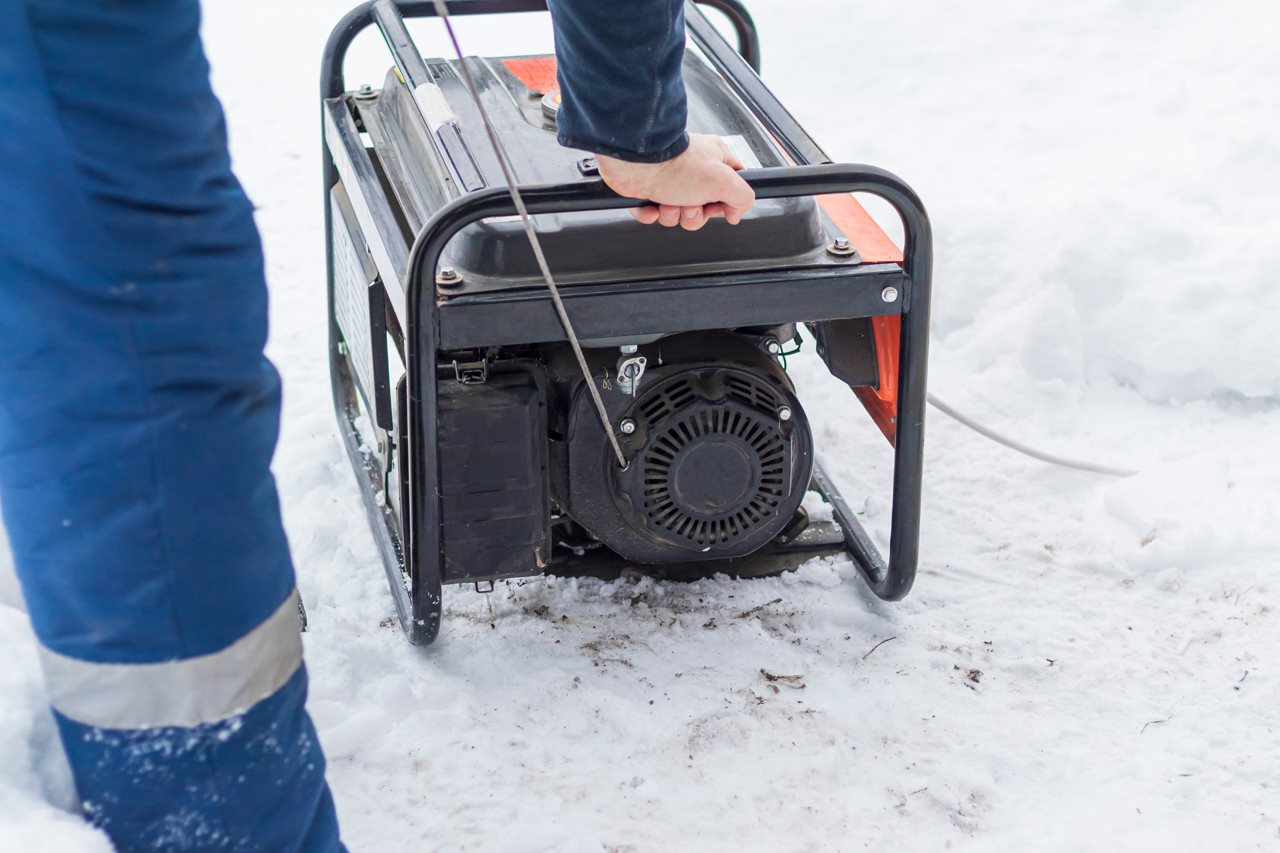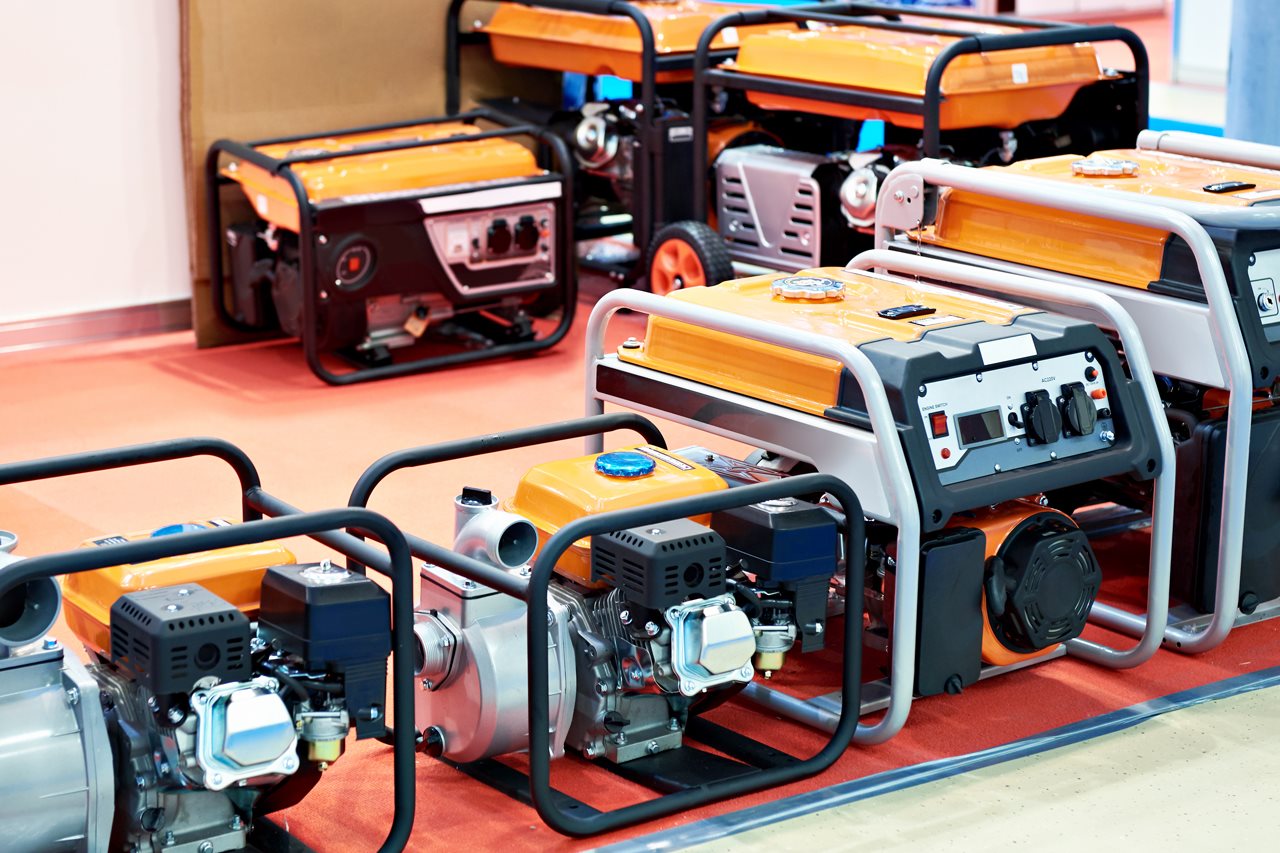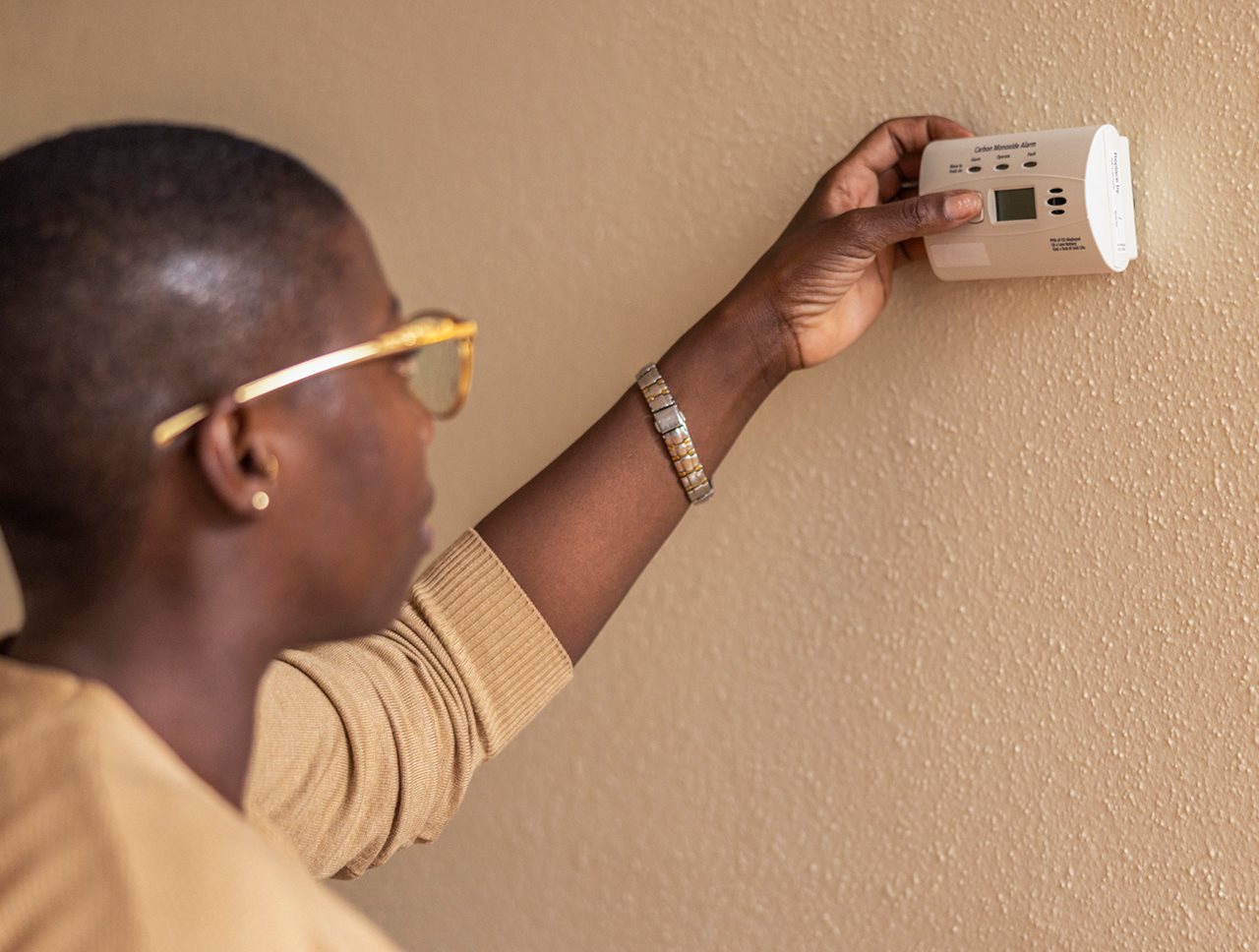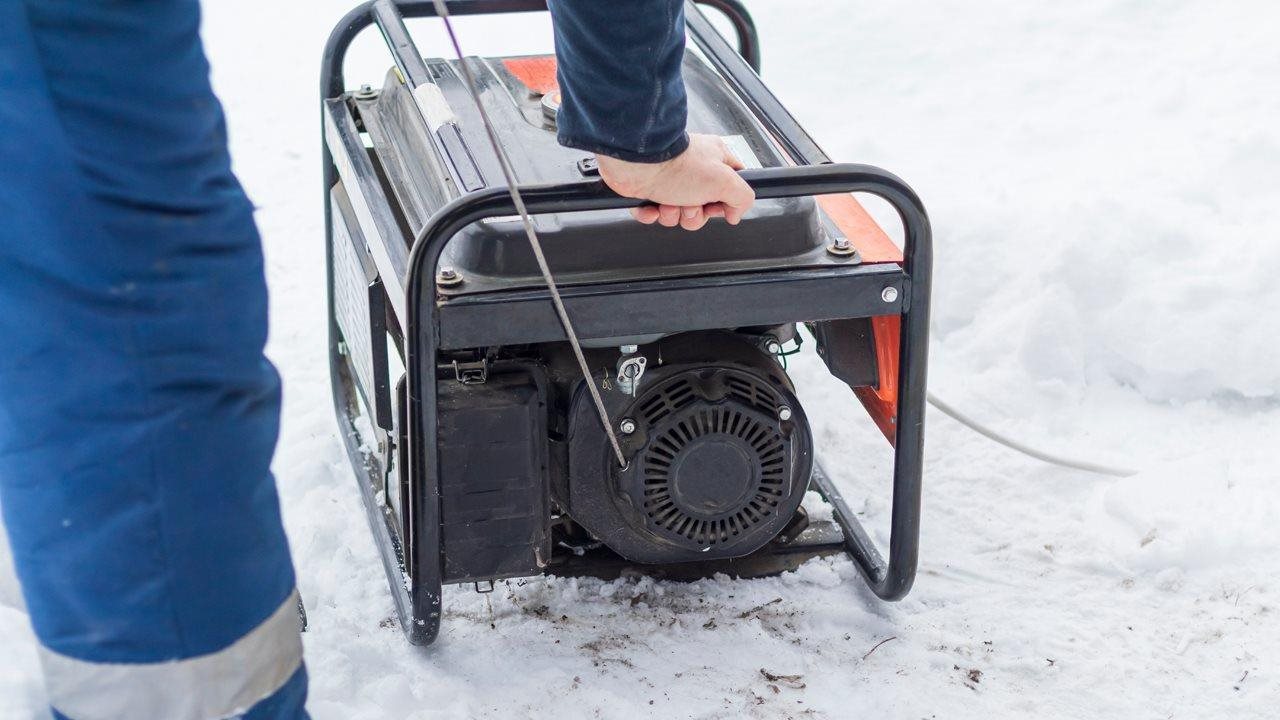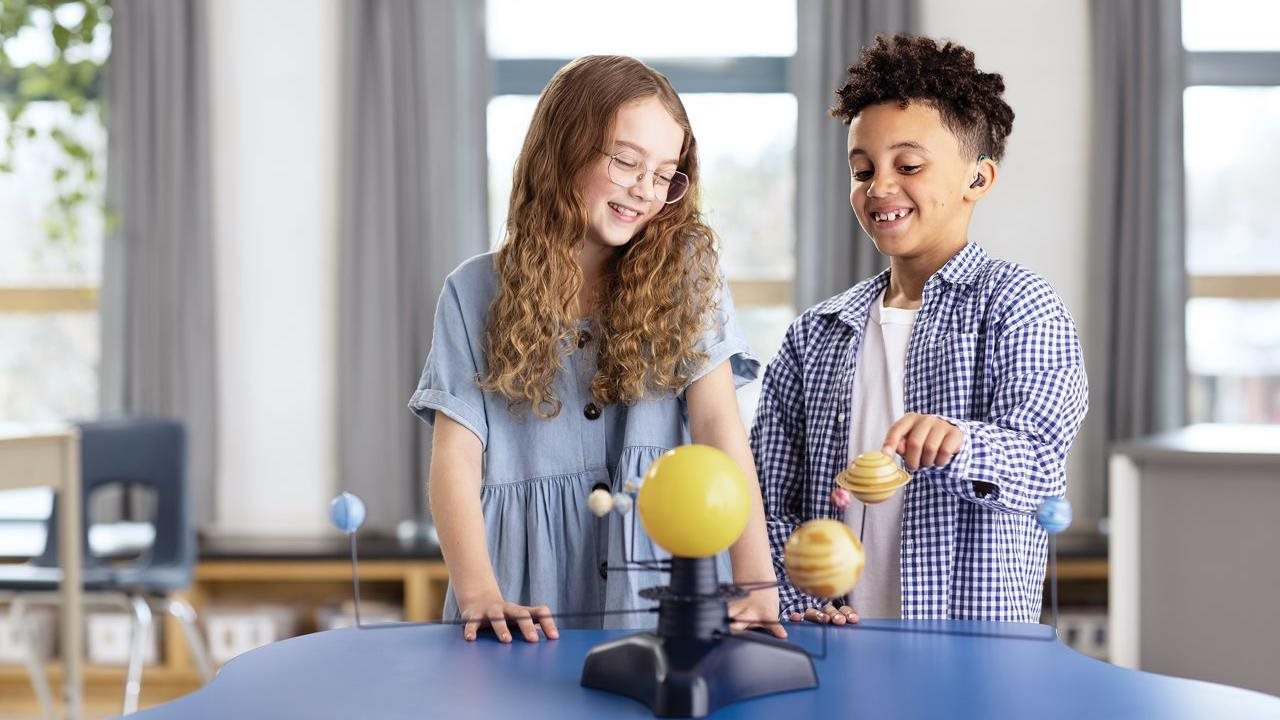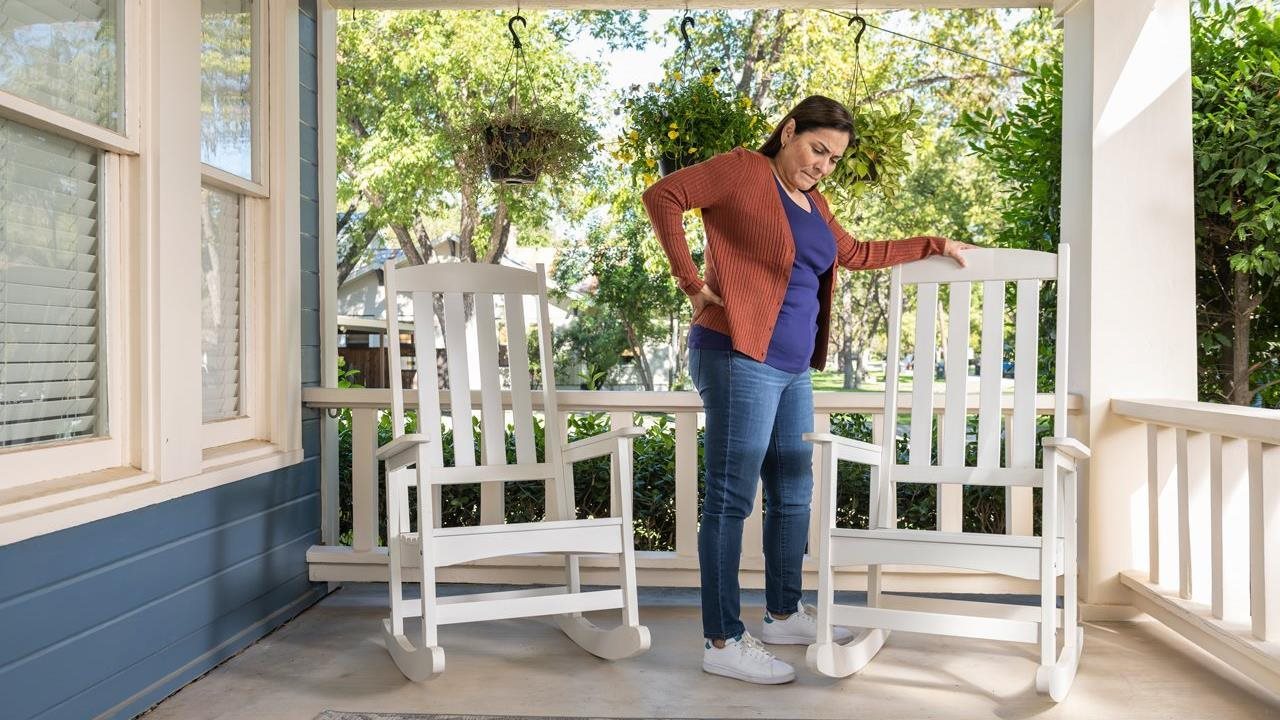2024-01-31T06:01:00
(BPT) – Agriculture is Arkansas’ top economic driver. Tourism is second. Combining these two industries to develop a meaningful visitor experience has led to a thriving agritourism sector in Arkansas.
Arkansas is known as The Natural State for its scenic beauty and abundance of natural resources that provide year-round outdoor recreation opportunities. But that description also refers to the fertile soil and advantageous climate for agriculture.
As such, Arkansas is a destination for producers of wine and spirits because they can locate breweries and distilleries near the crops used in making the product. Chefs also regularly use Arkansas-grown produce and meats to treat customers to a complete farm-to-table meal.
Napa Valley of Sake
Origami Sake in Hot Springs is putting the state on the map making Arkansas the “Napa Valley of Sake.”
The company uses a special variety of Arkansas-grown rice from the Isbell Farm in Lonoke County, Arkansas, which is located less than 100 miles from the company’s facility. The water for the sake comes directly from the underground springs of Hot Springs National Park.
In March, the company is hosting the 2024 American Craft Sake Festival in Hot Springs for the first time ever. Last year, Origami co-founder Ben Bell was named one of Wine Enthusiast’s 2023 Future Tastemakers for paving the way for sake production in North America.
The brewery is open to tourists for taste-testing and for gaining a greater appreciation for the farm-to-bottle process.
Vodka originating from the Delta dirt
When Harvey Williams committed to invest his life savings into building Delta Dirt Distillery in his hometown of Helena, Arkansas, it was truly a personal decision.
Harvey’s family has farmed in the Arkansas Delta since the 19th century when his great-grandfather was a sharecropper on the land. The main crop is sweet potatoes.
Harvey and his family went about perfecting a recipe for sweet potato-based vodka and gin. Truckloads of sweet potatoes are brought in from the Williams family farm to the distillery, then processed and bottled.
The story behind the distillery’s success is just as interesting as the making of the vodka and gin, and Harvey himself is at the distillery on most days to take you through the experience.
Microbreweries
Arkansas is the number one rice producer in the United States, with products being sent to feed people all over the world.
Lost 40 Brewing is a craft microbrewery located in the heart of downtown Little Rock and uses rice grown by Arkansas farmers to make its year-round and seasonal menu of beers. Its beers are highly decorated, having won major national and international awards from the Great American Beer Festival and the World Beer Cup competition.
Arkansas entrepreneurs are growing a thriving craft beer culture with microbreweries located throughout the state.
Arkansas’ 150-year-old wine industry
While the production of sake and vodka are new to Arkansas, wine is not.
Wine grapes have been growing in the Arkansas river valley since the 1870s, when Europeans settled there. The regional climate proved to be ideal for growing a variety of grapes including Niagara, Enchantment and Muscadine.
Some of the families that started the industry in Arkansas 150 years ago are still making wine generations later.
Farm-to-table
While our distilleries and wineries are using homegrown crops in making products, so, too, are Arkansas’ chefs. They are sourcing meat, produce and grains that are grown in The Natural State to feed their patrons.
In many Arkansas-owned restaurants all over the state, chefs are using locally sourced eggs to make breakfast, farm-fresh vegetables for the salad at lunch, and Arkansas ranch-raised beef and poultry for the evening full-course meal.
Arkansas feeds the world with our abundant crop production featuring rice, soybeans, and corn, and satisfies the discriminating taste buds of wine and spirits connoisseurs.
Come to Arkansas to see, swirl, smell, sip and savor our state’s unique products and enjoy our thriving agritourism industry.
To plan your next agritourism trip, visit https://www.arkansas.com/articles/9-farm-table-experiences-arkansas.









